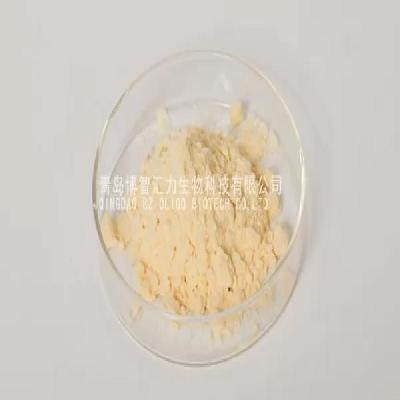-
Categories
-
Pharmaceutical Intermediates
-
Active Pharmaceutical Ingredients
-
Food Additives
- Industrial Coatings
- Agrochemicals
- Dyes and Pigments
- Surfactant
- Flavors and Fragrances
- Chemical Reagents
- Catalyst and Auxiliary
- Natural Products
- Inorganic Chemistry
-
Organic Chemistry
-
Biochemical Engineering
- Analytical Chemistry
-
Cosmetic Ingredient
- Water Treatment Chemical
-
Pharmaceutical Intermediates
Promotion
ECHEMI Mall
Wholesale
Weekly Price
Exhibition
News
-
Trade Service
Perovskite cells have the advantages of low cost and simple process (suitable for various industrial technologies, including solution operation, roll-to-roll processing, hot evaporation, etc.
), but the development of perovskite cells also faces severe challenges: the bottleneck of natural environmental stability, as well as key technical problems
such as Pb toxicity, environmental pollution and material recycling.
Recently, the State Key Laboratory of Fine Chemicals of Dalian University of Technology has solved this problem: copper phthalocyanine and carbon electrode have made new progress
in perovskite solar cells.
Associate Professor Xichuan Yang and doctoral student Fuguo Zhang took the lead in using cheap, doping-free, nanorod-like copper phthalocyanine as hole-selective contact materials to replace hole transport materials that are difficult to synthesize, expensive and doped, and at the same time, Au was replaced as the counter electrode
of perovskite solar cells with commercial p-low temperature carbon.
The test found that the application of phthalocyanine copper nanorods effectively promoted the separation of charge and inhibited the recombination of electrons, and after optimization, this type of battery obtained the highest photoelectric conversion efficiency of 16.
1% based on carbon pair electrodes, which is the highest perovskite solar cell
based on carbon pair electrode efficiency.
Such low-cost, high-efficiency new perovskite solar cells show excellent stability, pass the indoor 1000-hour light stability test, and solve many key problems
for the industrialization of perovskite solar cells.
The findings were published in NanoEnergy
.
It is reported that the successful application of organic-inorganic hybrid perovskite (ABX3) as a photosensitizer in solid-state dye-sensitized solar cell technology has given birth to a new generation of perovskite cells and successfully guided the progress of
third-generation solar cells.
As one of the "world's top ten scientific and technological breakthroughs" in 2013, perovskite cells have an efficiency of more than 22.
1% in just four years, greatly challenging traditional photovoltaic technology
.
Perovskite cells have the advantages of low cost and simple process (suitable for various industrial technologies, including solution operation, roll-to-roll processing, hot evaporation, etc.
), but the development of perovskite cells also faces severe challenges: the bottleneck of natural environmental stability, as well as key technical problems
such as Pb toxicity, environmental pollution and material recycling.
Recently, the State Key Laboratory of Fine Chemicals of Dalian University of Technology has solved this problem: copper phthalocyanine and carbon electrode have made new progress
in perovskite solar cells.
Associate Professor Xichuan Yang and doctoral student Fuguo Zhang took the lead in using cheap, doping-free, nanorod-like copper phthalocyanine as hole-selective contact materials to replace hole transport materials that are difficult to synthesize, expensive and doped, and at the same time, Au was replaced as the counter electrode
of perovskite solar cells with commercial p-low temperature carbon.
The test found that the application of phthalocyanine copper nanorods effectively promoted the separation of charge and inhibited the recombination of electrons, and after optimization, this type of battery obtained the highest photoelectric conversion efficiency of 16.
1% based on carbon pair electrodes, which is the highest perovskite solar cell
based on carbon pair electrode efficiency.
Such low-cost, high-efficiency new perovskite solar cells show excellent stability, pass the indoor 1000-hour light stability test, and solve many key problems
for the industrialization of perovskite solar cells.
The findings were published in NanoEnergy
.
It is reported that the successful application of organic-inorganic hybrid perovskite (ABX3) as a photosensitizer in solid-state dye-sensitized solar cell technology has given birth to a new generation of perovskite cells and successfully guided the progress of
third-generation solar cells.
As one of the "world's top ten scientific and technological breakthroughs" in 2013, perovskite cells have an efficiency of more than 22.
1% in just four years, greatly challenging traditional photovoltaic technology
.







